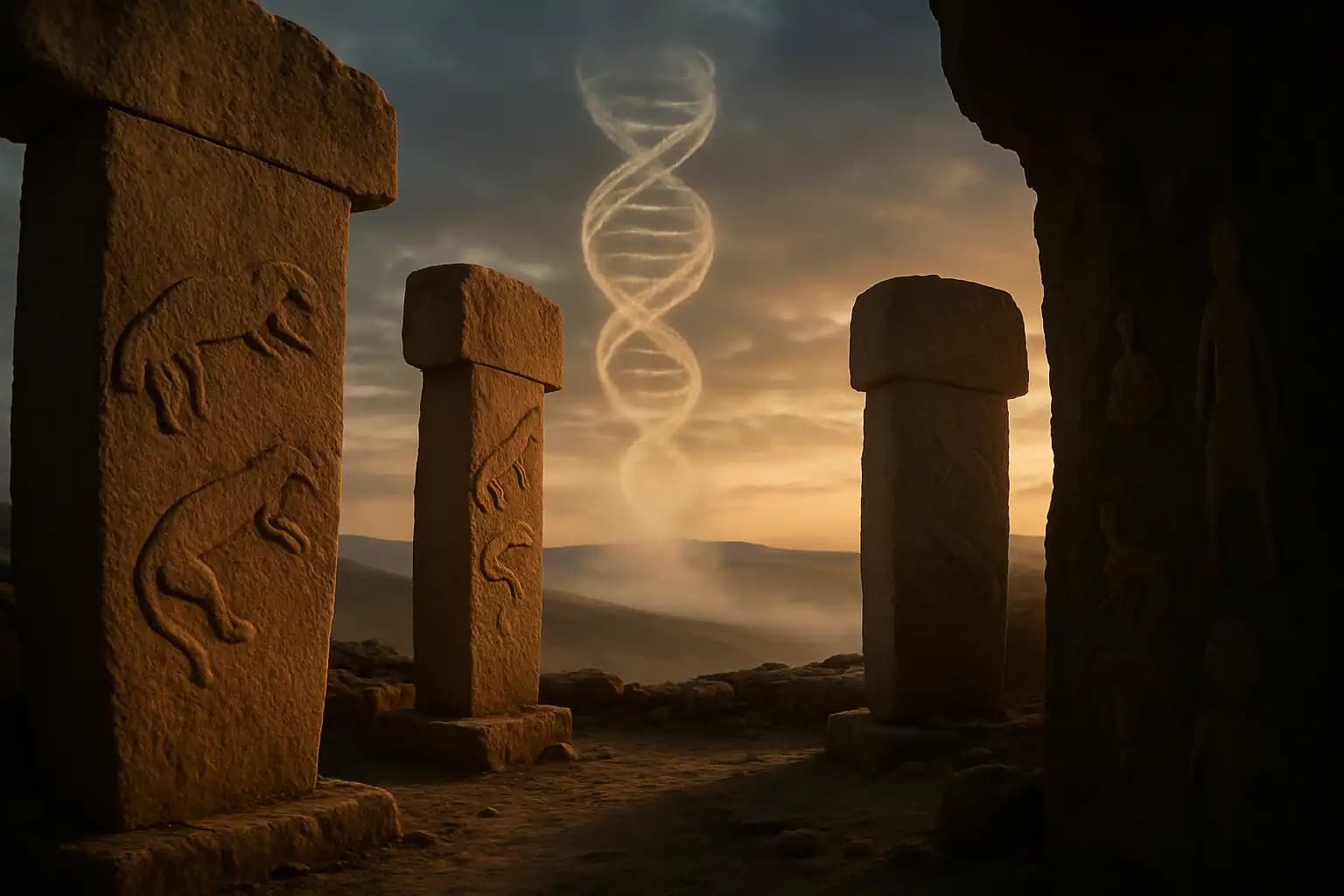Humanity has always sought to decode its origins—from epic myths to the latest laboratory whispers. As 2024’s DNA revelations hit the headlines, and excavations at monumental sites like Göbekli Tepe astound archaeologists, it’s clear our ancestors did not just leave clues. They hardwired mysteries into our very bones, ruins, and genes—reshaping our self-perception and our collective future.
Ancient DNA and the Real Threads of Human Ancestry
This year’s groundbreaking analysis of ancient human genomes, detailed by John Hawks, reveals “ancestry-stratified” evidence of genetic selection. New data, featuring DNA from over 8,000 individuals, has mapped ancient mixing from the Pontic Steppe, Neanderthal, and Denisovan lineages. Four major studies published in 2024 describe how traits like lactase persistence (the ability to digest milk), skin pigmentation, and fat metabolism spread and mutated as our ancestors moved, farmed, and adapted. This paints human ancestry as a complex web—supporting the idea that evolution is anything but linear, as highlighted in leading evolutionary theory. Recent Eurasian samples show that Neanderthal ancestry proved remarkably stable over time, pointing to a singular ancient pulse of interbreeding still visible in people today.
These newly sequenced genomes correct the misguided search for one origin—echoing ongoing debates outlined in milestone skepticism like this analysis. Instead, genetic crossroads, hybrid vigor, and repeated population changes shaped who we are.
Göbekli Tepe: The Stones Whisper in Calendars, Symbols, and New Starts
On a windswept Turkish plateau, Göbekli Tepe’s 12,000-year-old circles emerge as humanity’s oldest puzzle-box. As described in new research, this monumental site wasn’t just an early temple. Its intricate pillar carvings—some forming V-shaped motifs and animal symbols—may represent the world’s earliest lunisolar calendar, possibly dating astronomical events to 10,850 BCE. Archaeologist Dr. Sweatman proposes these marks track solar and lunar cycles, sparking wide interest and debate.
Interpretations vary, but one fact stands out: Göbekli Tepe shattered old dogmas that farming preceded monument-building. Its megaliths now rewrite history—just as discoveries at neighboring Karahan Tepe challenge simplistic timelines. Together, these sites highlight how sophisticated, symbol-using societies arose long before history’s usual starting gun.
Denisovans, Cave Mysteries, and the Blurred Edges of Humanity
Few discoveries have challenged preconceptions more than the evidence from Denisova Cave. A 2024 feature in Scientific American details how this Siberian cave hosted Neanderthals, Denisovans, and possibly our species over a 300,000-year timeline. Recent studies refute the belief that only anatomically modern humans created advanced tools and art: pendants, bone needles, and decorated artifacts found in Denisova may have been crafted by Denisovans, who left no modern descendants yet still contributed DNA present in some populations.
This debate echoes ongoing discussions about where myth merges with record—seen in critical analysis like features untangling legend from history, or in the enduring mysteries surrounding cultures like those at Harrison Hot Springs.
Why These Ancestral Clues Matter: Identity, Adaptation, and the Human Web
Why decipher ancient genomes and megaliths? Every revelation complicates our understanding of identity. Human evolution, once envisioned as a ladder, now resembles a tangled web, as the latest data reaffirms. Our ancestors were collaborative, adaptive, and inclined toward both ritual and innovation long before recorded civilization. Their clues, buried in tombs or encoded in our chromosomes, influence everything from medicine to how societies navigate rapid change. (The layered legacies of adaptation and anxiety come into focus in features on disaster cycles and global crises.)
One certainty remains: ancestral clues are neither static nor solved. For ongoing myth-busting, new finds, and invaluable context, bookmark Unexplained.co—because our past is anything but simple.




